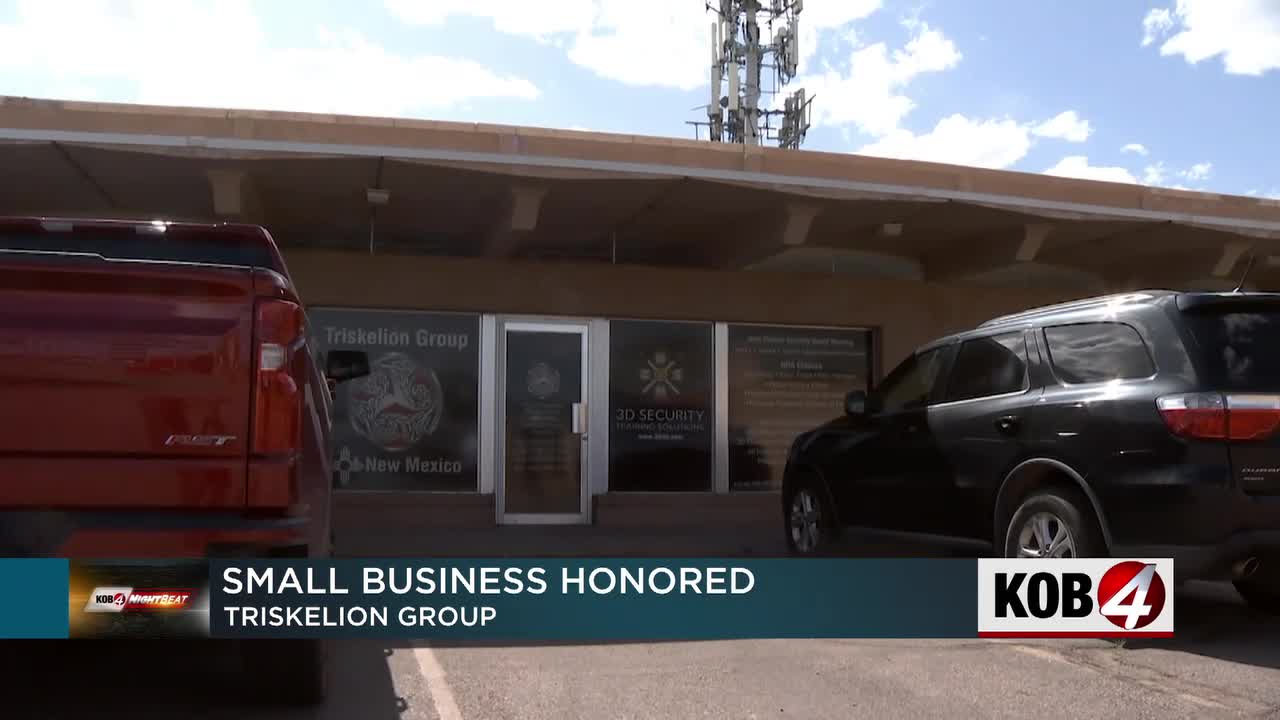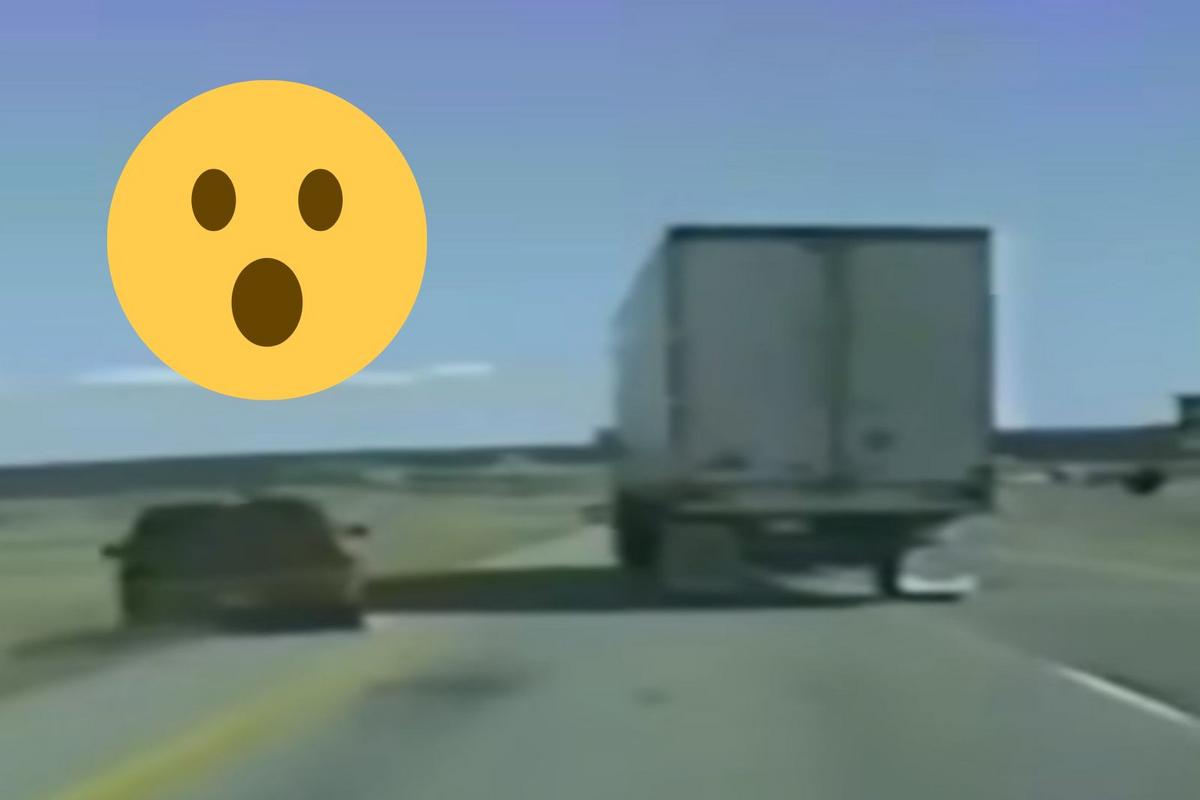New Mexico
New Mexico lawmaker says homelessness responses lack Native American perspectives

Homelessness in New Mexico has risen 48 percent according to a 2023 preliminary report by the Legislative Finance Committee. And while Native Americans made up 11% of the state’s population in 2021 they represented 17% of people experiencing homelessness. Democratic State Representative Derrick Lente of Sandia Pueblo highlighted these disparities during a recent LFC committee hearing. He said this is an on-going issue on both urban and Native lands.
DERRICK LENTE: It was obvious to me that we were largely in part not even considered when these discussions or these formulations of a plan forward were being made. And so I had to make mention that now as a member of the Legislative Finance Committee, actually the first Native American to be a voting member of that committee, that we have to be able to provide a perspective and I had to bring that up, because I did not hear one thing about homelessness in Native American New Mexico, which is still a huge issue, but it’s not ever talked about by our communities.
KUNM: How big of an issue is homelessness in Native communities?
LENTE: Homelessness is very prevalent on tribal lands, it’s very much one that we don’t talk about, because again, we don’t have our people here on tribal lands living in tents or tent cities or going hungry because we will always feed them, cloth them, or put a roof over their head. That’s just who we are as Native people. And so if there’s money to be involved and there are resources, I want to make sure that that Native America New Mexico, both in the urban and in the tribal settings, respectively, have access to that so that we can create our own success stories and our own resolutions.
KUNM: Why do Native Americans experience homelessness and who’s accountable for them?
LENTE: When there’s a homeless person in Albuquerque, is it their enrolled tribe’s responsibility to alert the people, whether it’s the federal government, state government, local governments as to their being missing or perhaps homeless? Is it the city’s responsibility to be able to account for the homelessness population and be able to reach out then to those tribal governments? There’s a lot of different questions to be asked and I really don’t think that there’s a handle on how to start this.
KUNM: For Native Americans that are homeless that don’t seek help, do you think there’s a lack of trust that stems from generational trauma of working with US authorities?
LENTE: Oh, absolutely. I think it’s a huge problem. Either they’re going to be of the opinion that they’re gonna get in trouble or they have warrants or whatever it might be. We know that there are some great opportunities out there for support systems for our Native American communities that are in urban settings. I think many of them are just weary of seeking that help. And in many cases, there’s issues of drug abuse, alcohol abuse, mental instability, that we have to account for as well. And so we just can’t allow ourselves to leave our own out there on the streets to fend for themselves when they’re battling their own issues as well.
KUNM: You mentioned how Native American people, they take care of each other. And there’s that sort of care for each other. Do you think there needs to be more of that when it comes to, you know, Albuquerque, other cities, the state of New Mexico, making Native Americans a priority in regard to helping them get out of homelessness?
LENTE: I think Native American populations should not be excluded when we talk about homelessness we have three citizenships. We’re obviously citizens of the United States of America, state citizens and tribal citizens. So we should not be excluded from the conversation. So that’s why I made it a point to speak up to ask ‘what is the path forward?’ and to be quite honest with you is that I was not satisfied with the answer. It still was very much a very Anglo-centric lens that people were looking through in response to how they were going to attempt to involve Native Americans in their solutions. And so it’s going to take a lot more work to make sure that we are a part of the solutions and a part of the answers for our people.
KUNM: Do you feel that there is a risk for Native Americans, a potential danger that are living on the streets right now? I mean, I don’t know if you remember, in 2015, two individuals killed a Native American homeless person, just because they were bored, that was a comment they made.
LENTE: It’s hard for me to put myself in their shoes, because I don’t know what they’re going through. So when Native Americans are on the streets I think they’re all in danger of certain aspects of living on the streets. In some cases, people have treated each of us in some circumstances as being Native American. And I think there’s just a stigma related to it, that people see us, and they may want to bully us or say something about us or our ways of life. And I think those that are living on the sheets, may probably receive that type of treatment as well, but maybe at a greater level. And so I think that everyone is at risk when we’re talking about homelessness, but when we talk about Native American homelessness, you know, obviously, the race becomes an issue because now, you know, do they want to go and beat up unfortunately, in many cases, as it’s mentioned, the drunk Indian, just because they’re drunk Indian, that’s not okay.
KUNM: What more needs to be done to help Native Americans get off the streets?
LENTE: I think there’s a lot of measures that can be done but a lot of it has to do with understanding statistics, doing the legwork to have an accounting for them. And then obviously, the resources identified specifically for Native American populations to ensure that we are not being left out of this grand solution to attack the issue of homelessness in our state, that we have to make sure that we’re again at the table and that our people are accounted for and are safe and will receive the help that they absolutely need.
Support for this coverage comes from the Thornburg Foundation and KUNM listeners like you.

New Mexico
Small business award winner example of ‘thriving’ New Mexico companies

On National Small Business Week, one New Mexico business is receiving recognition for its success.
ALBUQUERQUE, N.M. — On National Small Business Week, one New Mexico business is receiving recognition for its success.
The Albuquerque-based Triskelion Group took the top overall honor this week from the New Mexico office of the Small Business Administration.
Watch the video above to see how CEO Chris Sweetin and the staff have provided needed security services, grown the company to more than 80 employees and formed plans for further expansion.
“It has been a very big passion,” Sweetin said. “Every day is a new challenge, and we figure out how to fix it.”
“He’s seen substantial growth in his company. He’s a great example of a success story,” said John Garcia, district director for the New Mexico office of the Small Business Administration.
Garcia said New Mexico small businesses are “thriving.” Ones that survived the COVID-19 pandemic grew stronger, and there’s been a surge of new ones in the last few years.
“Because of the pandemic, they became very resilient. They bounced back. They created some new thoughts and new ideas,” Garcia said.
If anyone is running a business, or wants to, they can reach out to the Small Business Administration office for information and connections to resources – including for loans and access to capital.
New Mexico
Don't Mess With Truckers: One of the Craziest Police Chases Happened in New Mexico

When people think of New Mexico, you probably think of Roswell, the green chile peppers, or perhaps the show Breaking Bad. As someone who grew up watching police pursuits shows on tv like World’s Wildest Police Videos & Real TV, one of the first things that come to mind when thinking of New Mexico, is the iconic police pursuit involving a stolen car and a semi truck.
This crazy police pursuit took place in Albuquerque, New Mexico back in 1993.
The date is March 16, 1993 & the location is Bernalillo County/Albuquerque, New Mexico. Police were in hot pursuit of a stolen red car with 2 armed suspects inside. Realizing they needed help, the officer inside the car with the dashboard camera uses his radio to call any truck drivers ahead to offer some assistance. One truck driver hears the call, and offers to help by using his giant semi truck to help force the car off the road.
TNT1003 via YouTube
After a couple of minutes of avoiding the truck and by driving onto the other side of the highway, eventually the thieves gave up & pulled over. This allowed the officers to stop & arrest them. The best part of this whole story? The driver of the semi truck was actually a retired Sheriff’s Deputy from Alabama, so he’s had YEARS of experience stopping police pursuits.
The dashboard camera was uploaded onto YouTube in 2019; it has over 10 MILLION views (and has been featured in various blogs of the craziest police chases ever captured on video).All of which goes to show just how many people were amazed by this 30 year piece of police footage.
Now normally police don’t want people to get involved in police chases; there’s a good chance you can get hurt (or worse). But every so often, they do appreciate the help.
If you want to see more insane police dashcam footage, you can see the story of the Texas psychic cop here.
Super Cool “Earthship” For Sale In New Mexico
It can be yours for the low, low price of $825K!
Gallery Credit: Dubba G
DON’T THROW AWAY: These Are Illegal Items to Throw in the Trash in Texas
Not everything is safe to just toss in the trash; certain items are illegal & must be disposed properly. Here are certain items you CAN’T throw in the trash in Texas.
Gallery Credit: Daniel Paulus
10 Haunted Locations Across Texas to Check Out
Looking for a scare in the Lone Star state? Check out these underrated haunted locations!
Gallery Credit: Google Maps
New Mexico
New Mexico mother accused of allowing her 5-year-old son to slowly starve to death

In the years prior to the boy’s death, state investigators with the Children, Youth, and Families Department had responded to at least four reports of neglect involving the child.
A New Mexico mother has been arrested after authorities say she is suspected of allowing her 5-year-old son to slowly die by starvation.
Marecella Vasquez Montelongo, 23, was arrested in late February months after her son, who had Cerebral Palsy and other disabilities, was found in July unconscious and not breathing at her Albuquerque home. The boy was pronounced dead and an autopsy later determined that he died of starvation and dehydration due to neglect, according to a criminal complaint provided to USA TODAY.
In the years prior to the boy’s death, state investigators with the Children, Youth, and Families Department had responded to at least four reports of neglect involving the child, according to the complaint.
Montelongo had her first court appearance Wednesday in a Bernalillo County court room on a charge of child abuse resulting in death. A judge ruled that Montelongo must remain in custody until the start of her trial and complete an addiction treatment program, according to KOAT-TV, which was the first to report on the case.
Philadelphia: Body found in duffel bag identified as 4-year-old reported missing in December
Child appeared to be ‘skin and bones’ at his death
Albuquerque police were dispatched to Montelongo’s home on July 16 after receiving a report of the unresponsive child. While paramedics attempted life-saving measures, the boy was pronounced dead at the scene, according to the complaint, dated Feb. 26.
Montelongo told police at the scene that she had fed her son but that he had vomited. Shortly after, she noticed he was not breathing and called 911, the complaint states.
At the time of his death, the boy appeared as “skin and bones,” with his hip bones clearly defined and open ulcers on his tailbone, according to the complaint. When medical examiners conducted a preliminary autopsy, they discovered that the boy had dropped to a weight of about 13.6 pounds.
The final autopsy, which was completed in October, concluded that Montelongo’s son had died from starvation and dehydration, and ruled that the manner of death was a homicide.
‘Red flags’ surfaced before boy’s July death
The boy was nonverbal, blind, used a wheelchair and required round-the-clock care, according to investigators. Montelongo was required to give her son medication three times a day through a gastrostomy tube, otherwise known as a G-tube.
However, Montelongo routinely missed her son’s doctor’s appointments, including five since December 2022. While she noticed her son was losing weight, she told investigators that she did not think it was a concern, the complaint states.
Since the boy’s birth, the New Mexico Children, Youth and Families Department received four reports of medical neglect, including one report that was substantiated, according to the complaint.
Though the child was enrolled at he New Mexico School for the Blind and Visually Impaired, records provided to investigators showed that he only reported for on day of school in September 2022 and never showed up again.
“This defendant made efforts to hide the abuse and this child’s demise from medical advisors and the school,” Bernalillo County Judge David Murphy said at Montelongo’s hearing, according to video aired by KOAT-TV.
Some advocates went so far as to question how Montelongo was able to retain custody of her son following the series of red flags.
“We had medical providers, educational providers, service providers and family members raising flags,” Maralyn Beck, founder and executive director of the nonprofit New Mexico Child Network told KOAT-TV. “Yet here we are.”
Eric Lagatta covers breaking and trending news for USA TODAY. Reach him at elagatta@gannett.com
-

 News1 week ago
News1 week agoLarry Webb’s deathbed confession solves 2000 cold case murder of Susan and Natasha Carter, 10, whose remains were found hours after he died
-

 World1 week ago
World1 week agoHaiti Prime Minister Ariel Henry resigns, transitional council takes power
-

 News1 week ago
News1 week agoFirst cargo ship passes through new channel since Baltimore bridge collapse
-

 World1 week ago
World1 week agoUS secretly sent long-range ATACMS weapons to Ukraine
-

 World1 week ago
World1 week agoSpanish PM Pedro Sanchez suspends public duties to 'reflect'
-

 News1 week ago
News1 week agoAmerican Airlines passenger alleges discrimination over use of first-class restroom
-

 Movie Reviews1 week ago
Movie Reviews1 week agoHumane (2024) – Movie Review
-

 Education1 week ago
Education1 week agoVideo: Johnson Condemns Pro-Palestinian Protests at Columbia University















